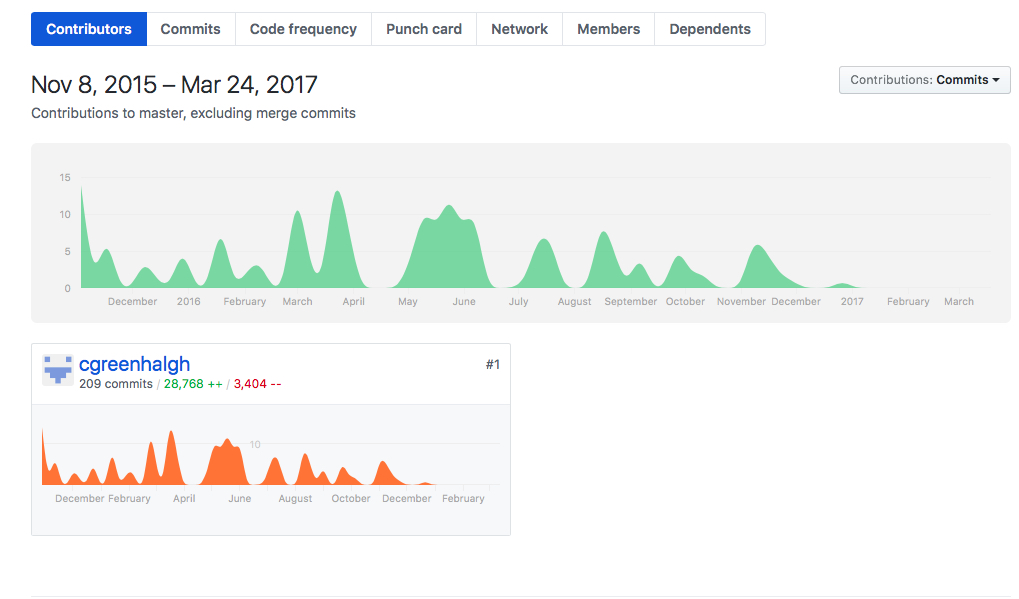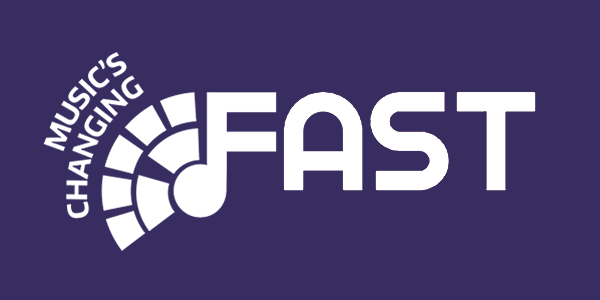Muzicodes
Christopher Greenhalgh, University of Nottingham
Summary:
Muzicodes are user defined musical fragments (e.g. motif, rhythm, melody) that when performed and recognised by the system act as triggers for other media, such as an accompaniment or visuals during a performance.
Description:
We present muzicodes, an approach to incorporating machine-readable ‘codes’ into music that allows the performer and/or composer to flexibly define what constitutes a code, and to perform around it. These codes can then act as triggers, for example to control an accompaniment or visuals during a performance. The codes can form an integral part of the music (composition and/or performance), and may be more or less obviously present. This creates a rich space of playful interaction with a system that recognises and responds to the codes. Muzicodes has been iteratively developed with the collaboration to date of twenty-three musicians, spanning professionals to amateurs working with a variety of instruments. Muzicodes has multiple features that enable musicians to trade-off reliability with musical expression. Collectively, these support the concept of ‘looseness’ in interactive systems, and a range of workflows by which codes and performances can be iteratively and jointly refined in a process of ‘atunement’. Muzicodes demonstrates the distinctive potential of working with both training examples and an editable notation in a recognition system, and presents a low barrier to entry for musicians wishing to integrate elements of automation into their performance practice.
Further Information:
https://github.com/cgreenhalgh/musiccodes



